India’s Renewable Energy Revolution: The Role of Agrivoltaics
India’s Renewable Energy Revolution: The Role of Agrivoltaics
The International Institute for Sustainable Development (IISD) recently published a report outlining different business models that can help India overcome the challenges of implementing agrivoltaics, a practice where solar panels are installed on agricultural land. The report suggests three specific models: joint ownership between farmers and developers, sole ownership by either party, and developer-led partnerships with farmers.
Currently, India has around 14,636.6 kW of agrivoltaics capacity in the pilot stages. The report emphasizes the difficulties faced by Indian farmers and developers in adopting agrivoltaics and recommends following the third model, where developers take the lead and farmers become partners. However, this model is only suitable for barren or uncultivated areas due to poor land productivity or state ownership.
Around 53% of India’s land area is classified as arid or semi-arid, and most solar power capacity is installed in such regions with low cropping intensity. These areas, along with peri-urban regions, are favorable for agrivoltaics. However, successful implementation requires proximity to markets for high-value horticultural products. The report suggests that state governments introduce land-use regulations and define clear standards for agrivoltaics. Different market mechanisms and tariff structures should also be explored to support agrivoltaics.
The use of bifacial solar panels is recommended in Indian agrivoltaic projects as they reduce shading effects, increase power generation, and offer more crop choices. Integrating rainwater harvesting structures with agrivoltaics is also seen as a promising solution. However, further research and peer learning are necessary due to India’s unique weather conditions. Battery storage is an option for energy storage, but alternative technologies should be considered for farmers who cannot afford it.
Most agrivoltaic pilots in India, initiated under the Pradhan Mantri Kisan Urja Suraksha evam Utthaan Mahabhiyan (PM-KUSUM) program, have not yet grown mainstream crops like paddy and wheat. Proper planning is required to ensure solar panels do not hinder crop production. The report also suggests exploring the option of open access, where developers can directly sell power from agrivoltaic projects to consumers at agreed-upon prices.
Countries like China, Germany, France, and Japan are actively promoting and updating designs and standards for agrivoltaics. They integrate solar panels with different farming systems, such as greenhouses and conventional open farming systems, to adapt to diverse agricultural activities and weather conditions. These countries have a cumulative installed agrivoltaics capacity of approximately 2.5 GW. Italy and France also have significant investments in agrivoltaics.
The report concludes that grid-connected agrivoltaic systems are more scalable than off-grid systems due to higher power production. However, adequate evacuation capacity and proximity to substations are crucial for grid-connected renewable energy to minimize losses. Exploring these aspects in Indian agrivoltaics is an area that requires further exploration.
Suggested Articles
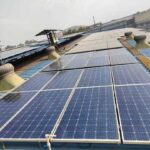
Solar Rooftop Projects: Benefits of Intentional Islanding for Power Backup
Discover the role of intentional islanding in solar rooftop projects. Ensure continuous power supply, system safety, and reliable energy even during grid failures.
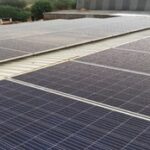
Solar Panel Selection Demystified: How to Choose the Right Panels for Solar Installation
Choosing the right solar panels can be confusing with so many options in the market. This guide simplifies solar panel selection by comparing types, efficiency ratings, and cost factors. Whether for your home, business, or industry, learn how to make an informed decision and maximize the return on your solar investment.
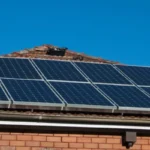
Solar Panel Efficiency and Temperature: What You Need to Know
The stronger the sun, the higher the temperature and more energy your solar panels produce, right? No.
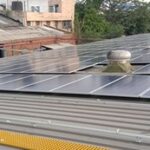
How Azimuth Angle Impacts Solar Panel Efficiency for Homes, Industries, and Commercial Buildings
Discover how solar panel azimuth impacts energy generation in homes, industries, and commercial buildings. Maximize efficiency with correct orientation.
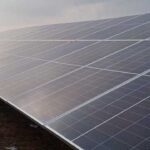
Solar Power System Efficiency: How to Calculate for Residential, Industrial & Commercial Use
Understand and measure your solar system’s performance. Maximize energy output at home, industrial units, and commercial buildings
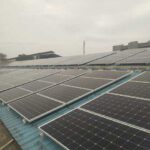
How a String Monitoring Box Works in Residential Solar Systems
Understand how a string monitoring box helps track and protect your home solar panels for maximum efficiency and safety

Solar Chankya: Complete Guide to Solar Systems and Components
Discover the key components of solar systems—from panels to inverters and batteries—and how they work together for efficient energy solutions
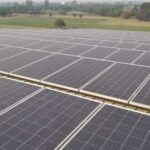
India Raises Solar Purchase Obligation (SPO) to 8%: A Complete Guide
The Solar Purchase Obligation (SPO) in India is set to increase to 8%, pushing companies to adopt more solar energy. This guide explains the implications for businesses, compliance strategies, and how organizations can align with renewable energy targets.